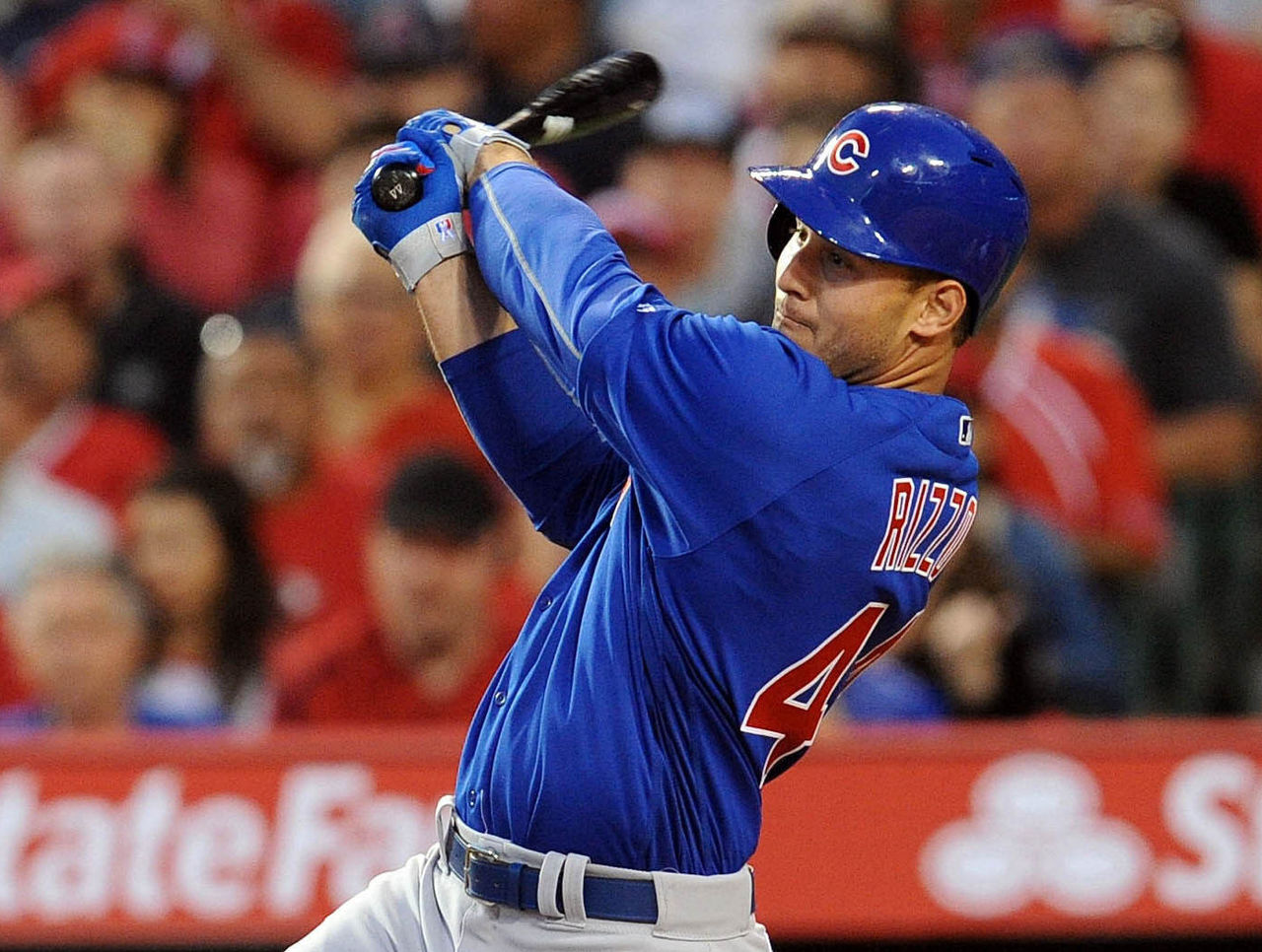Level-headedness wins fantasy baseball auction drafts
Follow theScore's fantasy feed on Twitter (@theScoreFantasy) for the latest news, features and more.
The main draw to fantasy sports is the idea of building your own roster of all-star players with every player in the selected league at your own disposal. Owners can fall victim to the randomness of drafts order in standard snake-draft leagues, as after making the first pick of the draft, 22 players will have been selected before you have another chance.
Thanks to development and popularity of auction leagues, owners conceivably have the opportunity to select every player they want, or at least want the most. With a free market making every player available to the highest bidder, owners are free to go get their favorite players. All draft order determines is the sequence of nominations.
Have a plan
A seemingly endless number of auction strategy articles are written and read before every fantasy baseball season. There is no surefire strategy guaranteed to work, just like no strategy is sure to lose a season. The only thing owners entering their first auction league or hoping to improve on previous performances need is to have some form of strategy entering the draft.
Carefully research the players you think you need to get you to the end-of-year stat totals you'll need to win your league. Look up the average bid it takes to land those players, with FantasyPros serving as one of the top reference guides. Decide for yourself how high you're willing to go to acquire each of these players, while not straying too far above the average cost.
Have targets and fall backs for each position. While name-brand players offer safety, they can also go for astronomical bids. Value pivots exist for every position and every category. Have a few in mind, and stock up near the end of the draft if you were outbid in the early rounds. Know how you want to spread your budget between hitters and pitchers and among every position.

You gotta know how to hold them
No matter an owner's experience or competition level in auction drafts, it is difficult to hide personal bias. Unless you're in a public league where owners don't know each other, chances are someone in your league will know your favorite team and some of your favorite players. This can work against you, as they'll drive up the price on players they know you want.
Wasting even a few extra dollars in these situations can be detrimental to success, as it limits your ability to acquire other players. Keep your preferences private. The more your competition knows, the more they can use against you. Regardless of your favorite team or favorite player, similar production exists elsewhere. An auction is not the place to play favorites.
You gotta know when to fold them
As mentioned above, enter your auction draft with an average cost you think it will take to acquire each player as well as a top bid you'll be willing to go to, with hopefully very little separation between the two bids. Average bids are extremely volatile, as regional and personal bias of your league mates can drastically skew dollar allocations.
Don't be afraid to back down once bidding soars above expectation. No player's production is unique and it can be made up by one or several combined pieces at a lower total cost.

You can't take it with you
There is nothing worse or less excusable than finishing an auction draft with a full roster and money left to your name. Even if you're happy with your team, any amount of money remaining could have spent at upgrades at any position.
Most owners will finish a draft with at least a few $1 or $2 players. This section isn't saying to spend $5 on a player just for the heck of it. Those extra four dollars can be the difference between the 1B9 and 1B7.
Know when and how to adapt
Pivoting is essential to success. For all the strategy articles you read and all the average auction values you research, this can go awry with the first nomination and first bid of the draft. Be prepared to adjust your strategy along the way, while standing by a few hard and fast rules. Your budget allocation should remain loose and serve more as a general guideline.